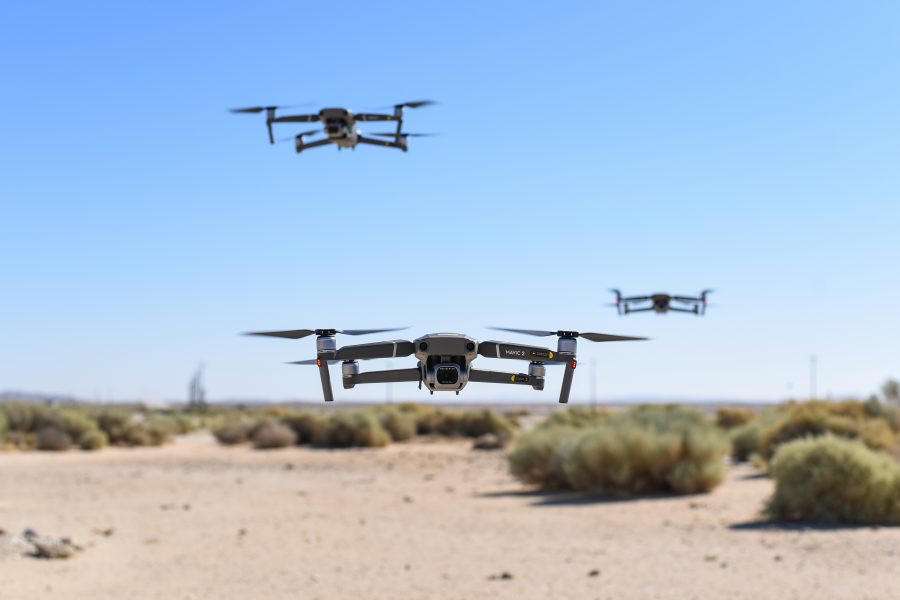U.S. forces in the Middle East are not prepared enough to defend against swarms of small drones, and the Pentagon needs to work harder to get ahead of the enduring threat, the head of U.S. Central Command warned.
Small unmanned aerial systems, which can be purchased online or in a typical department store and easily outfitted with weapons, have proliferated to the point where it is costlier and harder to defend against than it is for adversaries to buy them, CENTCOM boss Marine Corps Gen. Kenneth McKenzie said. Troops have seen a variety of those aircraft in the region for years, and they won’t go away any time soon.
“I argue all the time with my Air Force friends that the future of flight is vertical, and it is unmanned,” McKenzie said during a June 10 Middle East Institute event. “We are seeing it now.”
Groups such as the Islamic State have been able to turn cheap aircraft into effective battlefield weapons by modifying them to drop hand grenades. Those aircraft could also be used to spy on a U.S. installation or cause problems if they get sucked into a jet engine. Then-Air Force Secretary Deborah Lee James warned in October 2016 that the service should find new ways to use technologies already in its arsenal to deal with that threat.
In the future, McKenzie expects adversaries will launch swarms of drones to attack protected targets.
“Right now, the fact of the matter is we are on the wrong side of that equation. We’re working very hard to fix it. It concerns me,” he said, adding that “on the ground, right now, I worry about our ability to protect against swarms of those craft.”
Defense Secretary Mark Esper and Under Secretary of Defense for Acquisition and Sustainment Ellen Lord have started allocating more attention and resources toward the problem, and last year appointed the Army to lead a joint counter-UAS effort.
The Air Force so far has turned to a mix of directed-energy weapons, shotguns, gun-fired nets, and policy changes to tackle drones. The Air Force Research Laboratory is vetting five laser and microwave weapons in a yearlong demonstration overseas, which could transition into regular operational use if they succeed. Some have shown an ability to take down multiple UASes at once, typically using a microwave weapon. The demo includes AFRL’s Tactical High-Power Operational Responder microwave system, along with four Raytheon Technologies directed-energy products.
Several domestic USAF installations with nuclear missions are armed with systems to protect against small unmanned aircraft as well.
